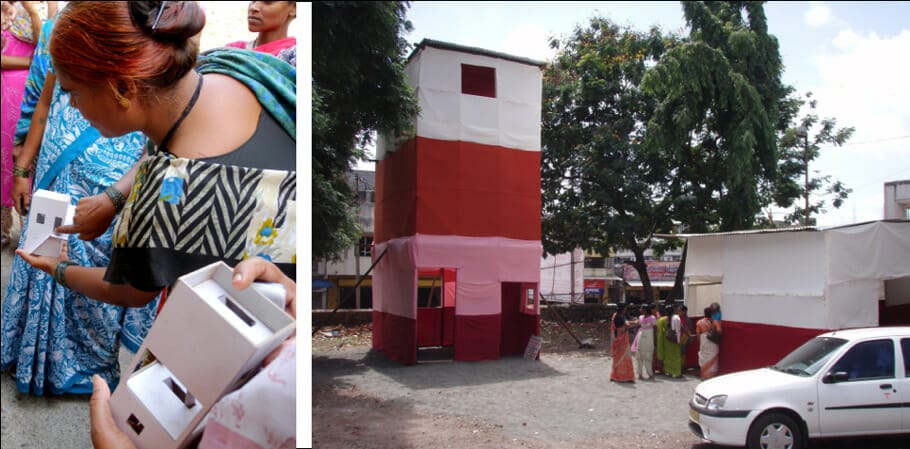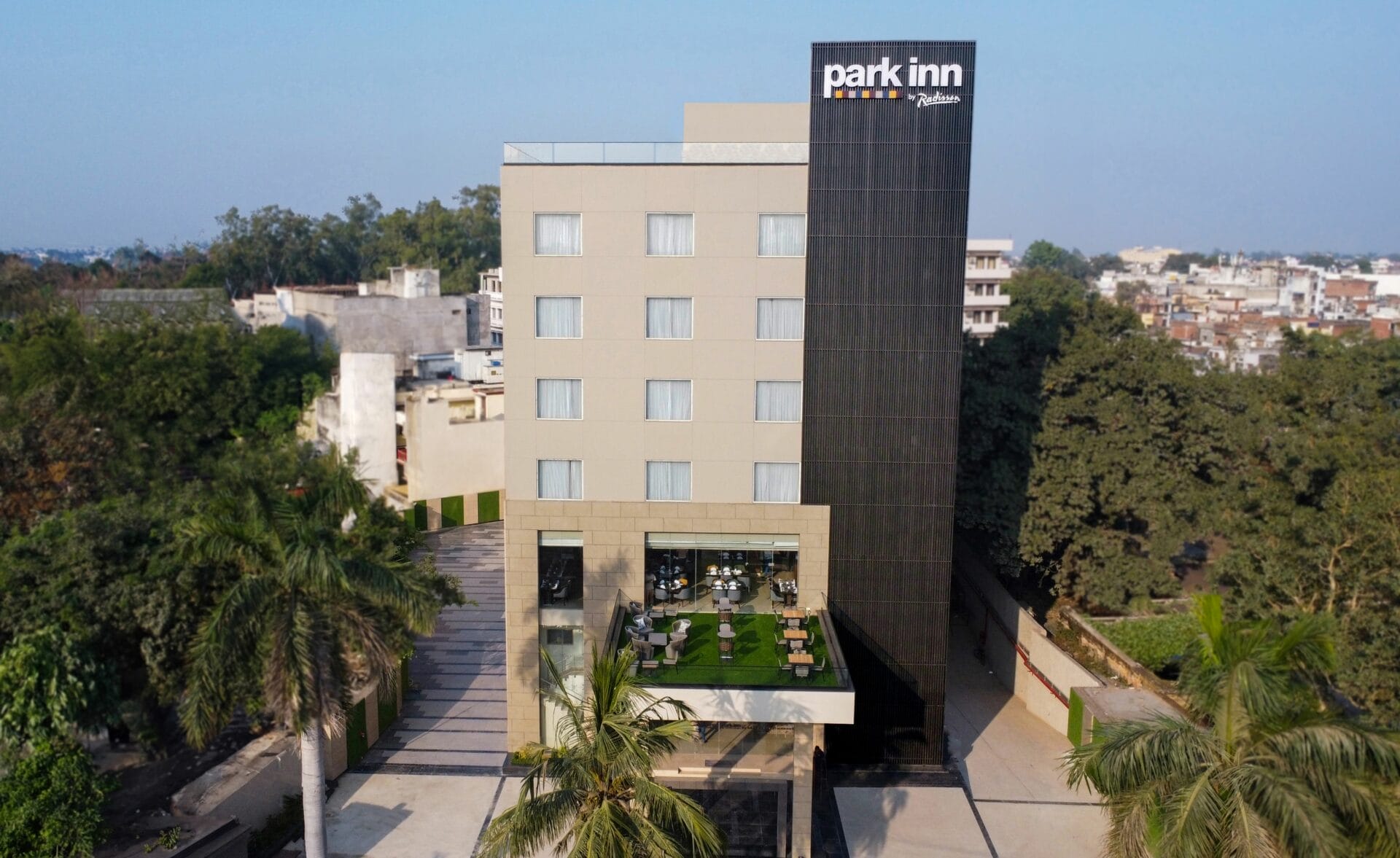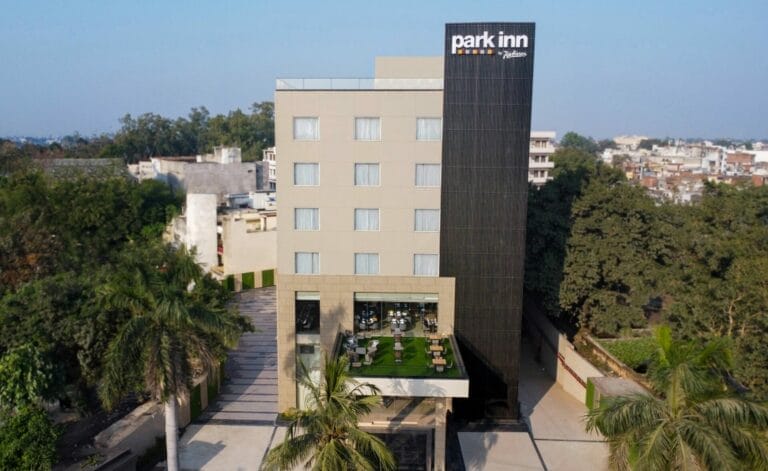What is our imagery of cities? Do we want poor people to stop migrating into our cities? What if the poor were part of city planning? Should we force our choices on them or broaden their choices? What if the opportunity to choose was given to people?
These are some of the many relevant questions posed by architect and urban planner Smruti Jukur, who is a program leader at the Society for the Promotion of Area Resource Centre (SPARC), one of India’s largest NGOs focussed on developing housing and infrastructure for the urban poor. A TEDx speaker for SPARC and the Slum Dwellers International (SDI) network, Jukur, has been inspiring architects, urban planners, property developers, and policy makers to re-think the way cities are planned in our country, and around the world. Her viewpoints and practical ideas often challenge the norms of city planning as we know it.

Spending her childhood helping her father, a doctor, serve slum dwellers in Mumbai, Jukur decided to be an architect and urban planner, out of her passion to help the poor with their housing needs. When she finally got to work on it after years of formal study, the realities on the ground seemed very different from what was taught on paper.
In one of her talks, Jukur explains a real-life unlearning and relearning experience involving ‘Mahila Milan’ – a network formed by women who lived on pavements in a part of Mumbai, to fight evictions, own land, and build their own houses. These women, with no formal educational background or basic literacy, designed and built their own houses from scratch. They used sarees and floor mats to measure distances and made models using cardboard and other everyday materials. They designed three different options based on the needs of various households, giving the slum-dwellers the choice to pick what best suits them.

These houses were designed to be user-centric, taking into account the larger sizes of families, activities related to home-based work, and the more economic option of having community toilets instead of private ones within each house. Now, most of these requirements may not have been taken into consideration, following a formal design process by the urban planning committees, and that is what we must act upon.
“We shouldn’t be looking at the migration of the poor into cities as a problem, but instead find ways to make our cities more inclusive, valuing their role in sustaining the more prosperous urban crowd.”, says Jukur.
In order to achieve this inclusivity in our cities, she suggests we first accept that architects and governments may not always know the best, especially when designing organic high-density tenements. In such urban development projects, a more user-centric design approach is key, for the dwellers know better their needs, habits, and constraints.
Such ideas and solutions make Jukur the inspiring voice behind future cities. She’s now on a mission to implement these changes and watch sustainable development unfold, while speaking about it across platforms to spread the message and guidance to fellow architects.























